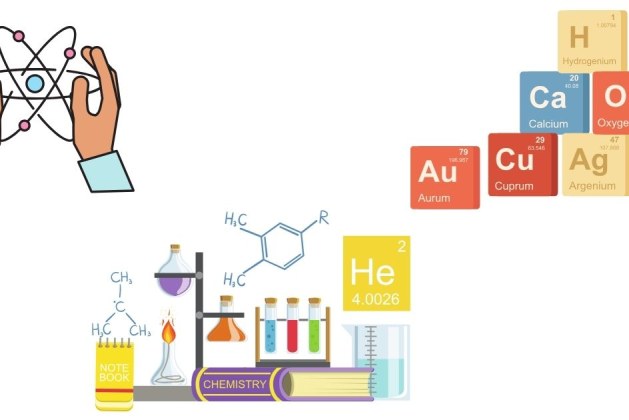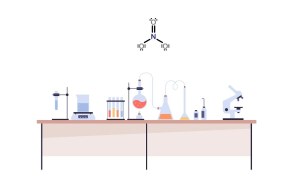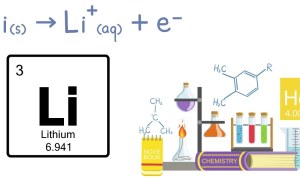When potassium iodate (KIO₃) is heated, it undergoes a decomposition reaction that results in the formation of different products. This reaction is a classic example of a thermal decomposition process, where a compound breaks down into simpler substances upon the application of heat. In the case of potassium iodate, the primary products formed are potassium iodide (KI), oxygen gas (O₂), and potassium iodate as a residue.
Decomposition Reaction of Potassium Iodate
The chemical equation for the decomposition of potassium iodate when heated is:
2KIO₃→Δ2KI+3O₂
Here:
- KIO₃ (potassium iodate) decomposes upon heating.
- KI (potassium iodide) is formed as a product.
- O₂ (oxygen gas) is released as a by-product.
What Happens During the Heating of KIO₃?
When potassium iodate is heated, it loses oxygen from its molecular structure, breaking down into potassium iodide (KI) and oxygen gas (O₂). This is a redox reaction where the iodine in potassium iodate undergoes a reduction from +5 oxidation state to -1 in potassium iodide. Simultaneously, the oxygen atoms are oxidized and released as oxygen gas.
Key Details of the Reaction:
- Decomposition of KIO₃:
The potassium iodate (KIO₃) breaks down into potassium iodide (KI) and oxygen gas (O₂). - Reaction Condition:
The reaction occurs at elevated temperatures (typically around 450°C), where thermal energy provides sufficient energy to break the bonds in KIO₃. - The Residue:
The solid residue left after heating is potassium iodide (KI), which is a stable compound compared to the original potassium iodate.
The Residue Formula After Heating KIO₃
After heating potassium iodate (KIO₃), the residue that remains is primarily potassium iodide (KI), which forms as a result of the loss of oxygen. The chemical formula of the residue is:
KIKI
This residue, potassium iodide (KI), is a white crystalline solid, and it contains potassium (K) and iodine (I) in a 1:1 ratio.
Why Does Potassium Iodate Decompose?
The decomposition of potassium iodate is driven by the instability of the KIO₃ molecule at high temperatures. The bond between iodine and oxygen in potassium iodate is relatively weak, and heat provides the necessary energy to break this bond, releasing oxygen gas. Potassium iodide (KI) is stable at room temperature, which explains why it is the residue left after heating.
Applications of the Reaction
The decomposition of potassium iodate has various uses:
- In Laboratory Settings:
It is often used to demonstrate the principles of decomposition reactions, redox reactions, and the release of gases. - In Industrial Processes:
Potassium iodate is sometimes used in the preparation of iodine or in processes requiring iodide compounds.
When KIO₃ (potassium iodate) is heated, it undergoes a decomposition reaction that produces KI (potassium iodide) and O₂ (oxygen gas). The residue formula left behind after heating is KI. This reaction is a classic example of a thermal decomposition reaction, demonstrating how heat can break down a compound into simpler products.




Leave a comment